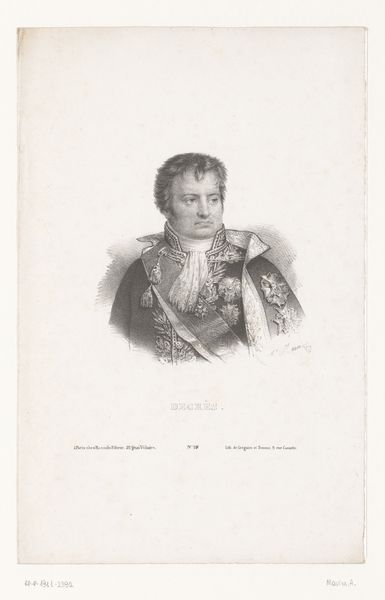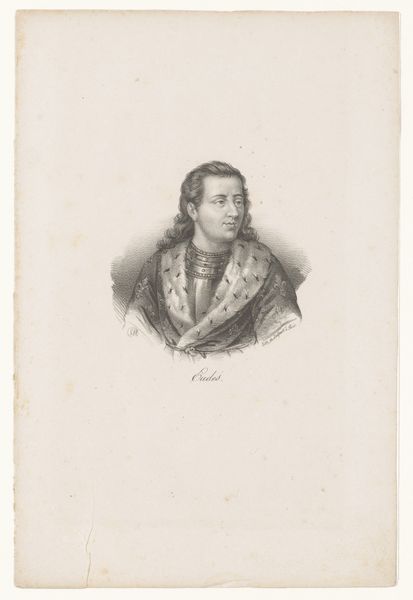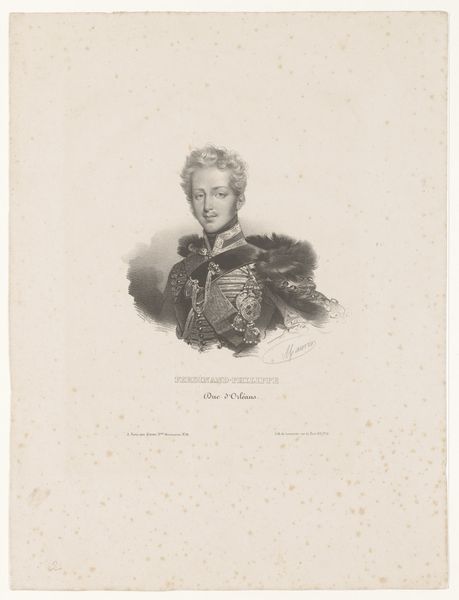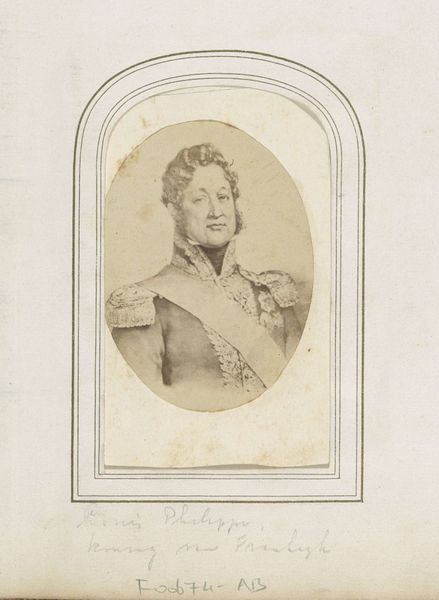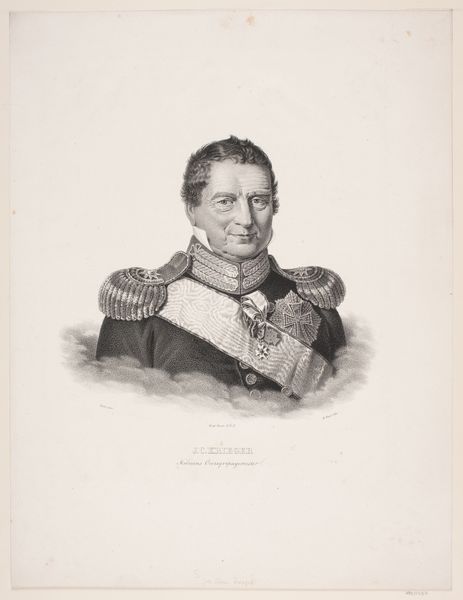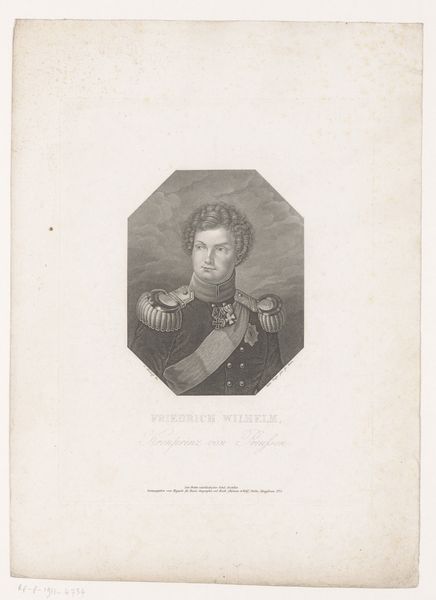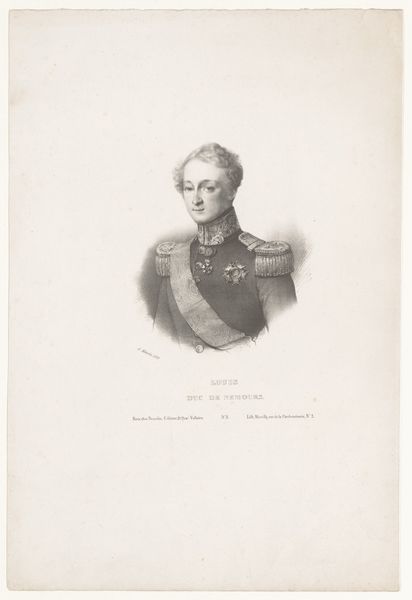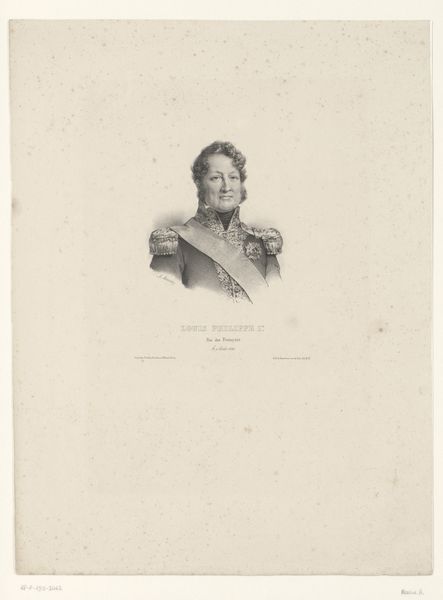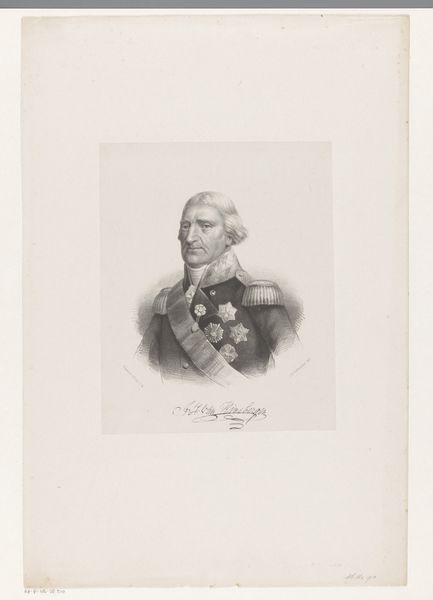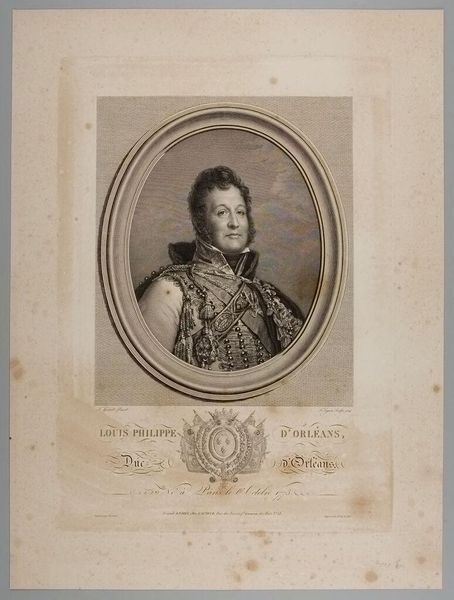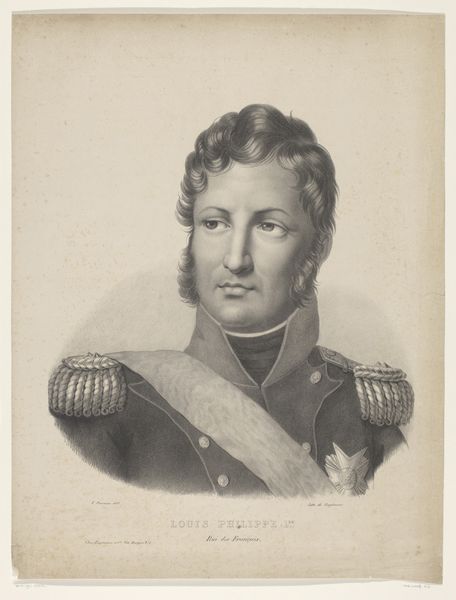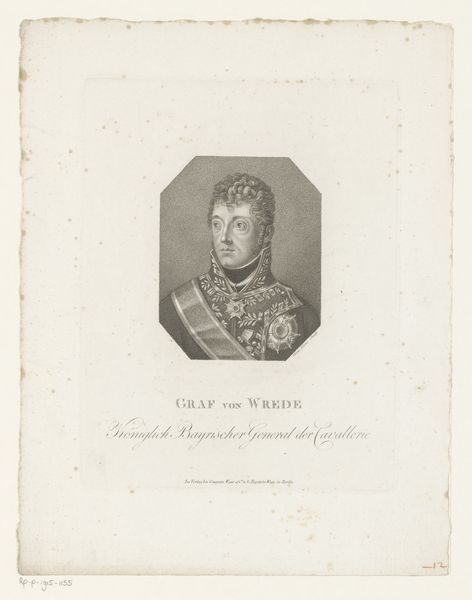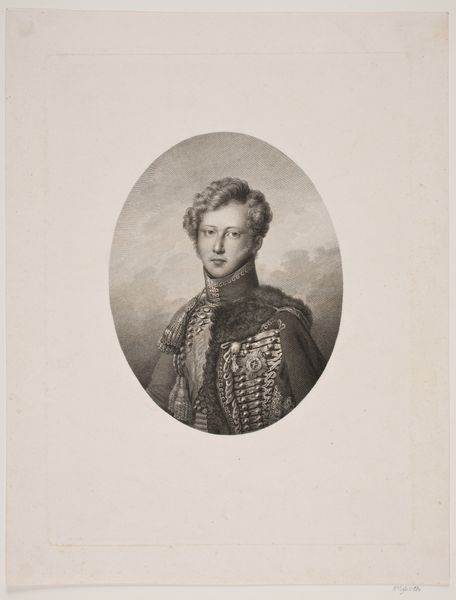
print, engraving
#
portrait
# print
#
pencil drawing
#
romanticism
#
history-painting
#
engraving
Dimensions: height 528 mm, width 356 mm
Copyright: Rijks Museum: Open Domain
Jean-Baptiste Mauzaisse made this print of Louis-Philippe I, Duke of Orléans, using a technique called lithography. It's a fascinating process, really. The image is drawn with a greasy crayon onto a flat slab of limestone. The stone is then treated so that the ink sticks only to the drawn areas, allowing the print to be made. Look closely, and you'll see how the texture of the stone subtly influences the final image, giving it a soft, almost velvety quality. Lithography was a relatively new technology at the time, and it allowed for a greater level of detail and nuance than traditional engraving methods. It also made printmaking more accessible, which in turn fueled the rise of mass media and political imagery. This portrait, with its subtle gradations of tone and meticulous rendering of detail, really showcases the potential of lithography as a medium. It reflects a shift towards more democratic forms of art production, and consumption, as images became more widely available to the public. It blurs the boundary between the fine arts and the more accessible world of print.
Comments
No comments
Be the first to comment and join the conversation on the ultimate creative platform.
